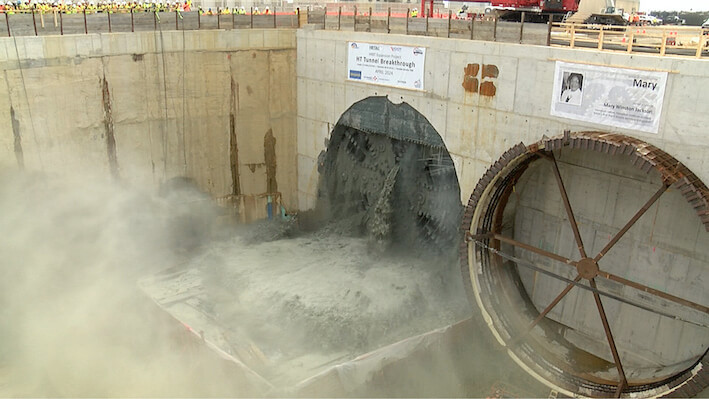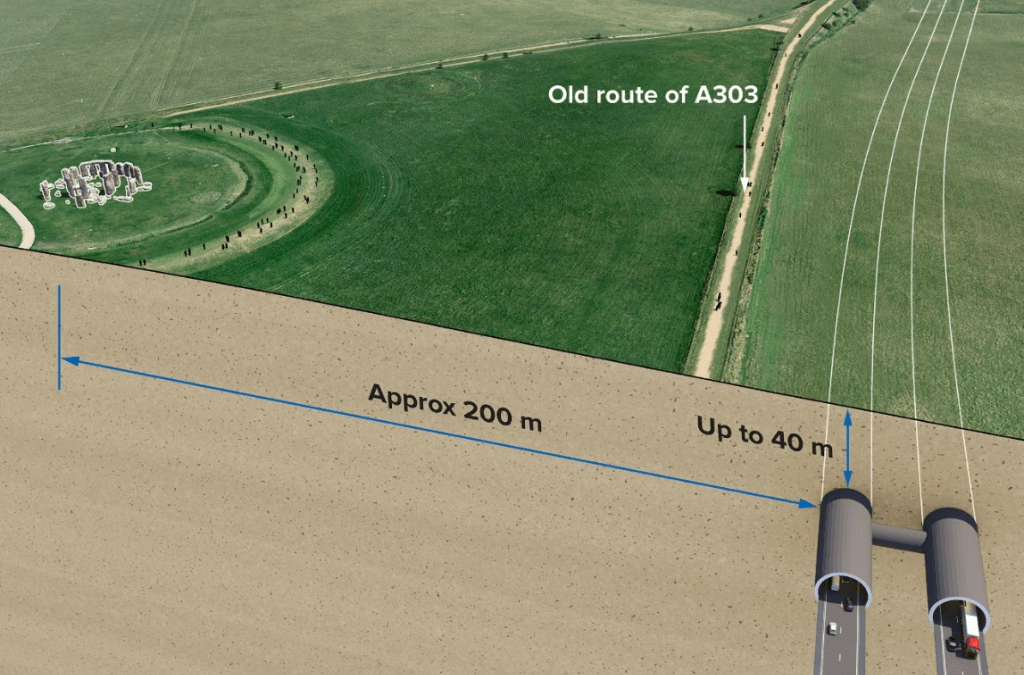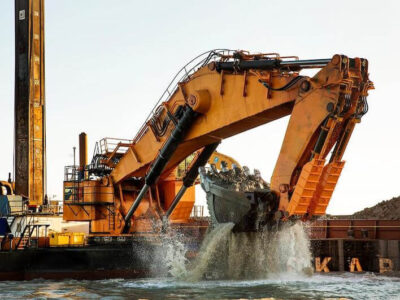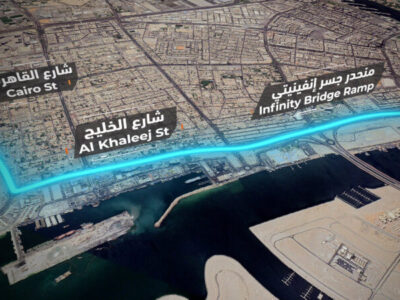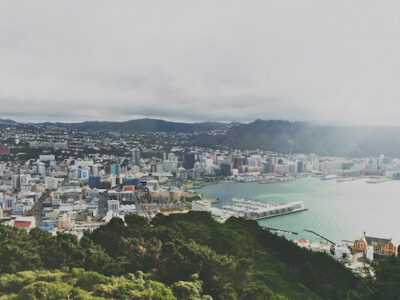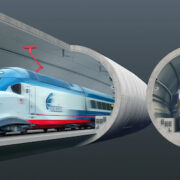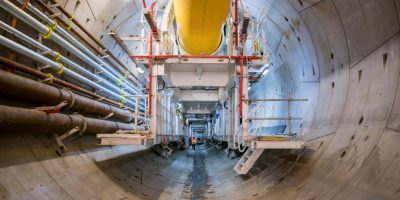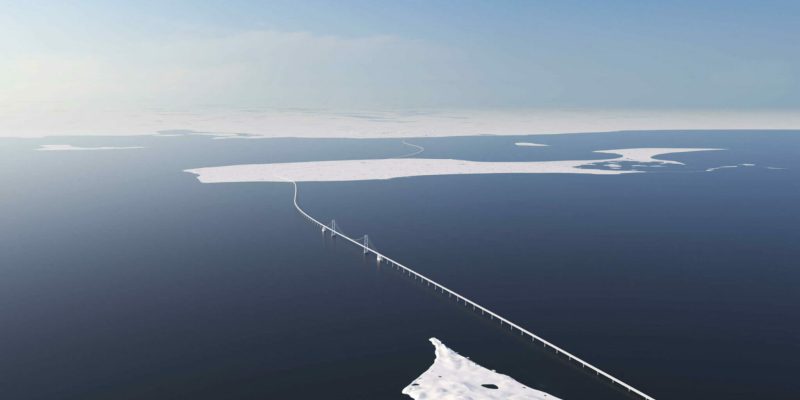
The Danish government is reconsidering the feasibility of a Kattegat connection that would link the country’s central Jutland peninsula with the Island of Zealand.
Such a mixed road and rail bridge would cross the 35km Kattegat Strait between the Jutland city of Aarhus, with a population of about 540,000 – Denmark’s second biggest city after the capital Copenhagen – and Kalundborg, a small city of 17,000 on the western shore of Zealand.
The economic driver for such a connection is that it would make a direct route between Copenhagen on Zealand’s eastern coast to Aarhus, operating westerly across Zealand to Kalundborg. From there it would be a bridge that would be built through Samsø (a small island in the Kattegat Sea). As a result, there would be two sections of the connection – Kalundborg to Samsø and Samsø to Aarhus.
According to a recent report in the Danish newspaper Dagbladet Licitationen, the evaluated cost of the project is almost €14.68 billion (US$16.24 billion).
In 2014, the transport ministry predicted that traffic volumes between Zealand and Jutland would not be enough to undertake a Kattegat Bridge – costing approximately €11.8 billion – until nearly 2050.
Denmark’s minister of transport, Thomas Danielsen, lately claimed that there should be cross-party support in the Danish Parliament for constructing the link before any announcement about the feasibility of such a project is made. Last week, the topic was part of a transportation debate in the country’s parliament.
Last summer, the former government reported that a link’s environmental impact could mean that it would never be constructed.
In March 2020, COWI proposed studies for a combined road and rail connection across Kattegat, applying different corridors from central Zealand to Aarhus through Samsø. According to COWI, additional work has assessed road and rail infrastructure in Jutland and on Zealand plus studying technical solutions between the coasts of Zealand and Jutland such as corridors through Sjællands Odde.
A note on the company’s website says: “The purpose is to weigh up the pros and cons of the different corridors,” “and to prepare a solid basis for further political discussion about the next steps, including whether to proceed with an environmental impact assessment for the Kattegat project.”
The project concerning onshore infrastructure is being done for the Danish Road Directorate along with the Danish Transport, Construction and Housing Authority. The study on offshore technical solutions is being done for Sund & Bælt. COWI has been working with the architectural firms Dissing+Weitling and Hasløv & Kjærsgaard as sub-consultants for the project.
A Kattegat Bridge that would supplement the 18km Great Belt Fixed Link – Storebæltsbroen, has been considered by successive governments over the past two decades. It crosses the Great Belt strait between Zealand and Funen – Denmark’s third most extensive island and close to the southeastern end of the Jutland peninsula as it joins mainland Europe at a border with Germany.
Great Belt Fixed Link encompasses a road suspension bridge, a railway tunnel between Zealand and the small island Sprogø in the middle of the Great Belt and a box-girder bridge for both road and rail traffic between Sprogø and Funen.
Presently, Denmark is constructing one of Europe’s most significant transport infrastructure projects, the immersed Fehmarn Belt Road and rail tunnel between Denmark and Germany. It will drive an 18km tunnel beneath the Baltic Sea between the Danish Island of Lolland and the German island of Fehmarn.


